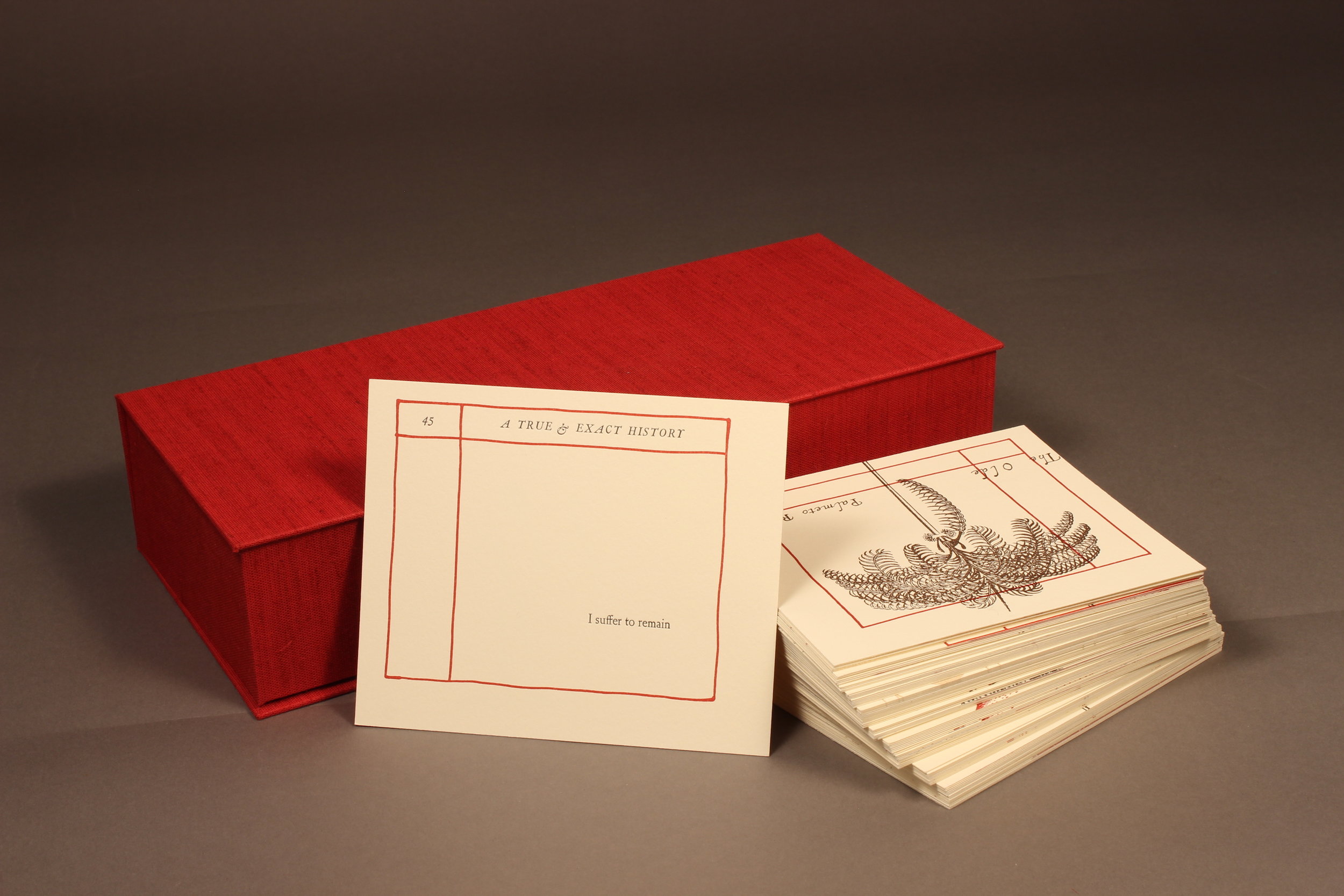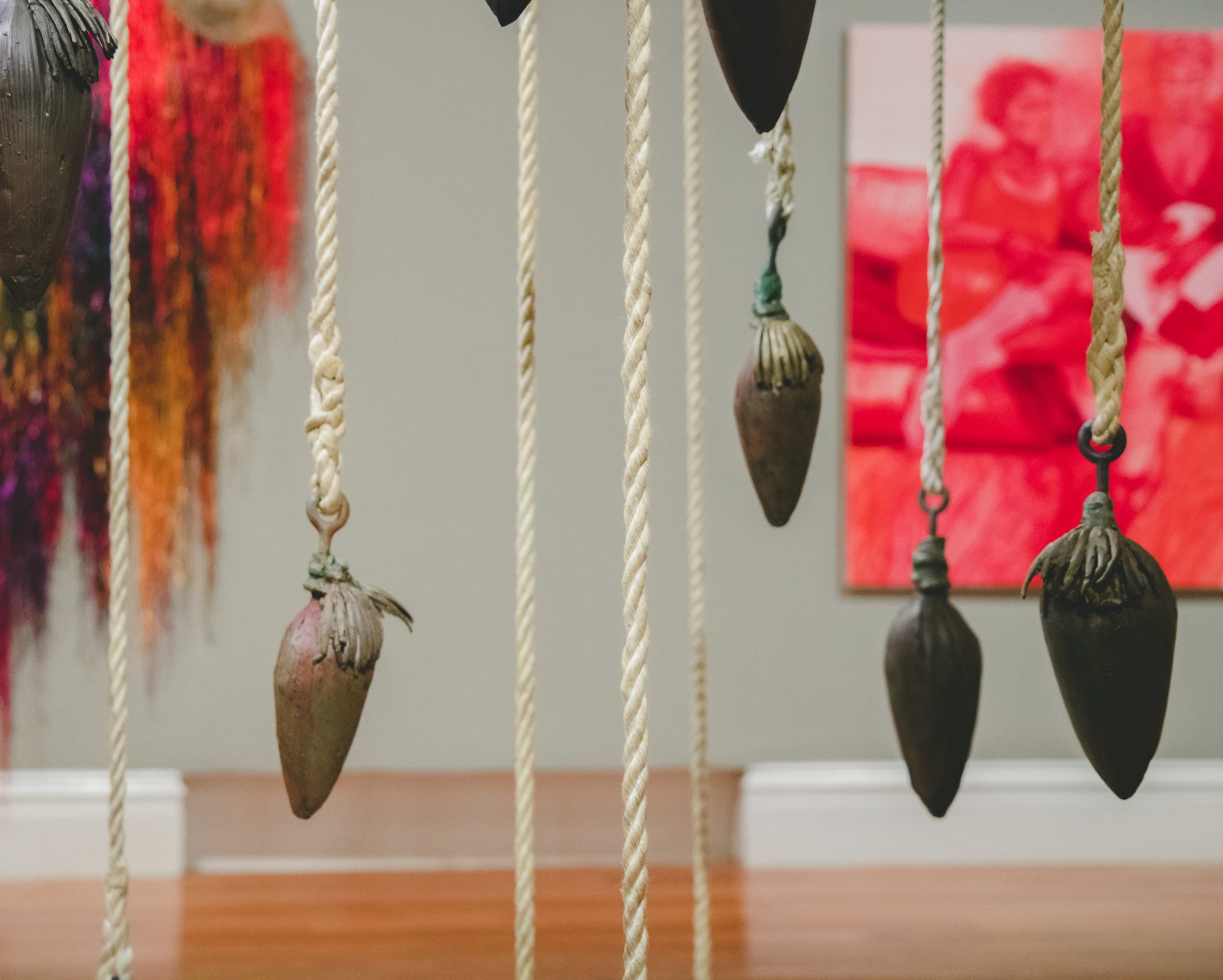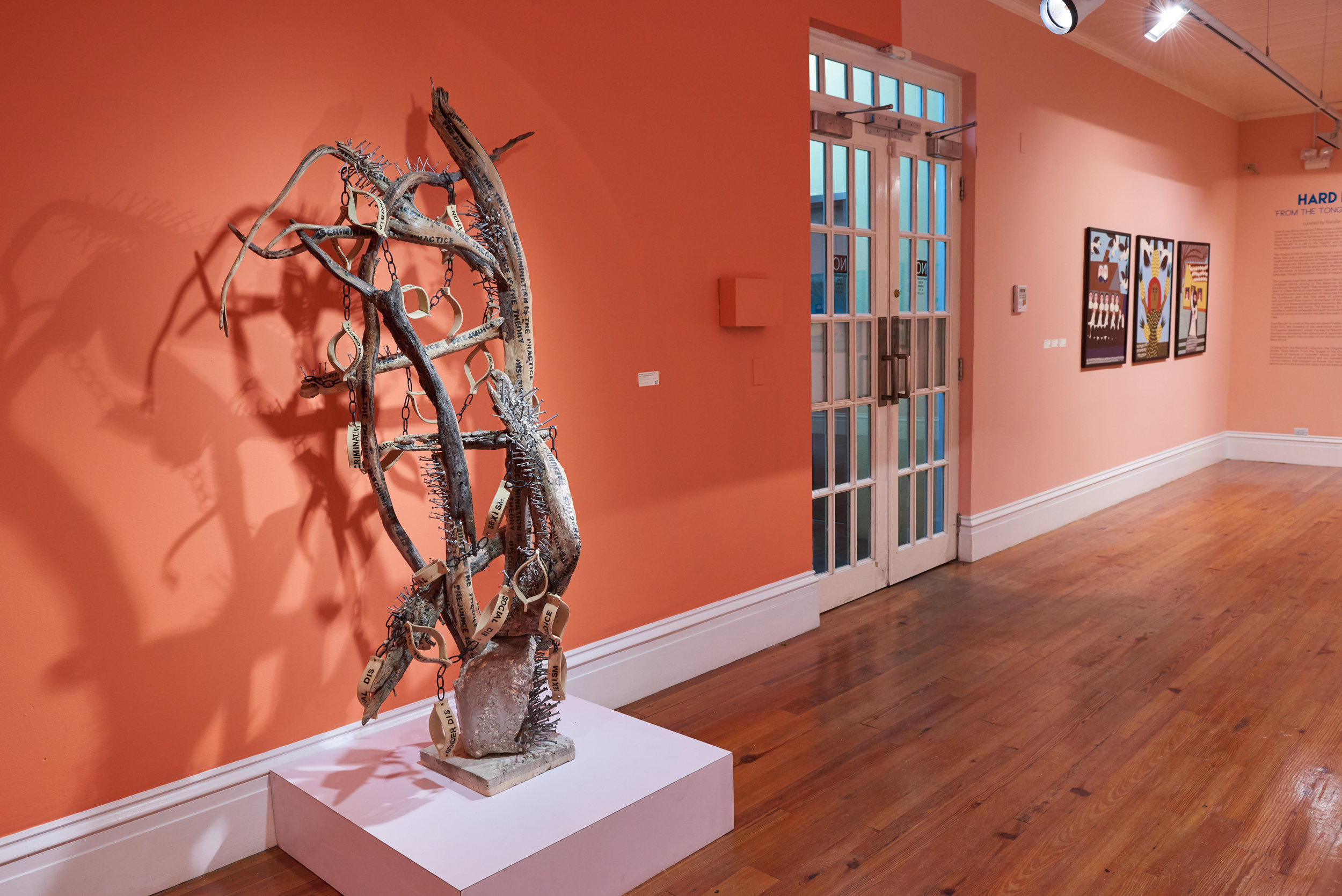A Garden: Letitia Pratt Creates New Folklore in Response to Biblical Patriarchal Storytelling
Kevanté A.C. Cash · 28
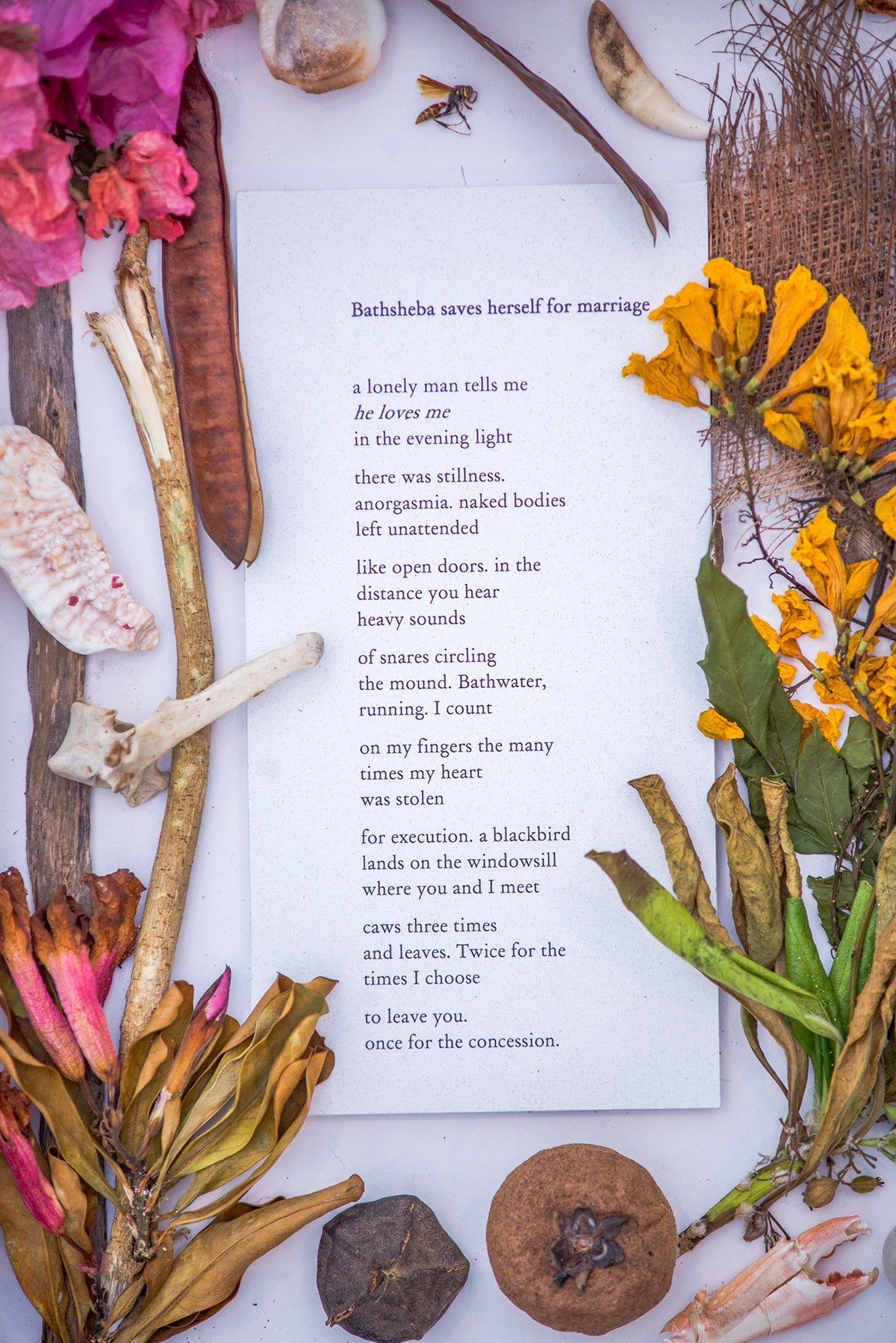
Amid the cacophany of fragile male egos, speaking ever so loudly over the voices of the most vulnerable, the question arises: where can the disenfranchised go to feel safe and protected? To feel comfortable in one’s own skin? To be loved for themselves entirely, and not be used, abused, mistreated or abandoned?
Organized religion, for years, has done a superb job in keeping the marginalized on the outskirts of the conversations that seeks to give them liberty. The marginalized meaning ‘the backbone of society’, the movers, makers, shakers and doers, the ones who are made to feel ashamed for how they express themselves and their sexualities. These people–women–I argue are the most disenfranchised group of individuals within society.
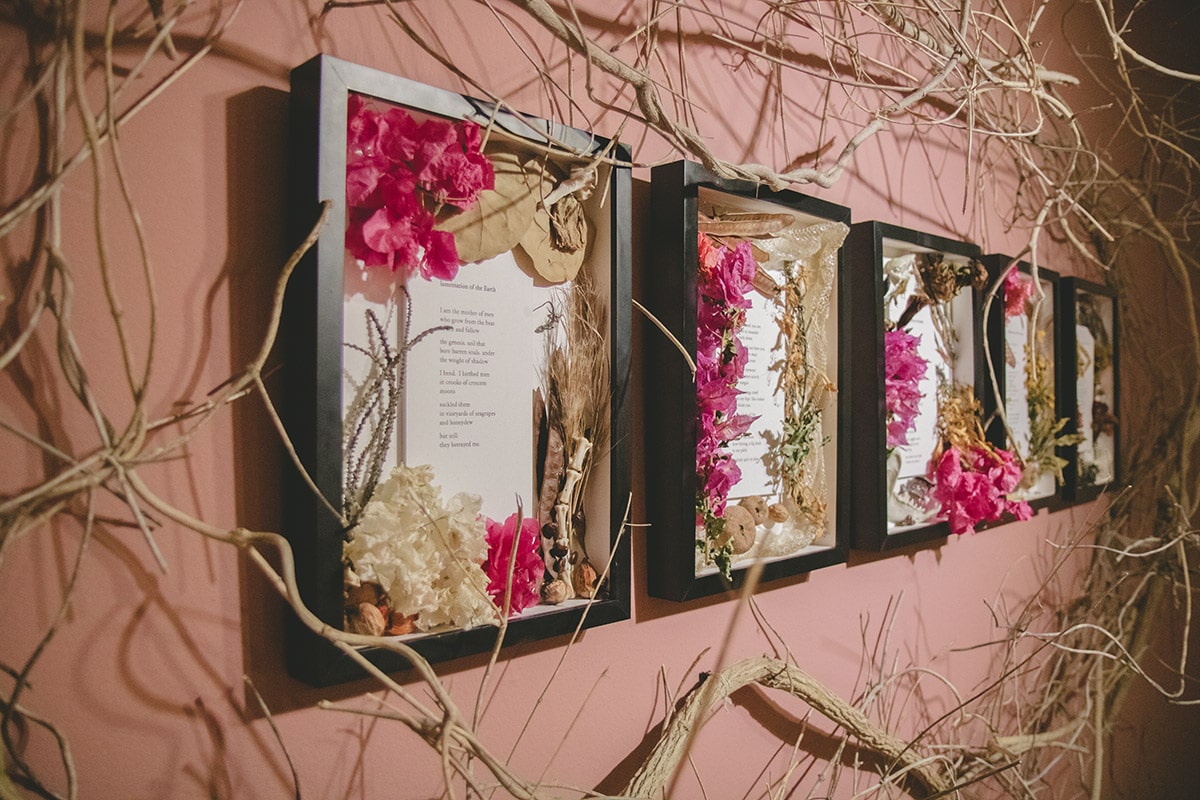
Literary and visual artist Letitia Pratt seems to think so as well. Her work showcased in the National Exhibition 9: The Fruit and the Seed investigates the correlation between the value of the woman in society and how society treats the environment surrounding her.
In her artist statement, she states:
“These five poems give voice to particular biblical figures that have been historically used to organize women under the confines of the patriarchy: Eve, the woman who doomed mankind because of her thirst for knowledge; Delilah, a woman who dared to conquer a man using her feminine sexuality; Bathsheba, a woman who was nothing more than a wife for the taking, and Mary, the virgin mother, whose invented chastity is often weaponized against this bold female sexuality. The compartmentalization of women – the harlot, the wife, the mother – is often used to justify the abuse of women who dare to live outside of these constraints, suppressing feminine power, sexuality, and rebellion.”

Pratt interprets “the fruit” of her work as the literal manifestation of her poems that is a response to “the seed” growing out of living in a place that so inherently devalues women. She says it is the outcome of living with anger and fear her entire life and coming to terms with it. “a garden” answers the call by exploring the ‘how’ of this devaluation of women – taught through religion and folk Christian storytelling – and its direct correlation to “the disrespect of nature, as pagan feminine gods, now ignored and thought of as evil, were often deities of the Earth”.
As a writer, it was important for Pratt to depict a narrative within the NE9 that inspires individuals to think outside themselves, and question why a certain kind of discomfort exists.
Since the show opened last December, the most useful compliment she’s gotten about her work was from an older woman, who deemed her piece “unusual”. I’d argue the peculiarity of her work, that one may find interesting, stems from the fact that she intertwines religious imagery and female anatomy with the usage of literature and Bahamian folklore to tell a story unheard of before.
She makes space for her own form of folklore citing, “The stories of Christianity rarely uplift a woman as godly or magical, apart from Mary the mother of Jesus, who is constantly pointed out as virginal, therefore worthy of her holiness. Other women who express their sexuality as freely are not seen as holy, and it is this compartmentalization that has bled into reality – as folklore often does – and emboldened patriarchal men (and women) to put women in categories of worth. A wife is more valuable than a sweetheart. A sweetheart more than a prostitute. It is a dangerous thing, and frankly, annoying.”
She uses this tool of annoyance to inspire the powerful.
To consume Pratt’s work, one must alter their perspective on how they view the value of women, the value of organized religion and the parts each of these play in the (mis)treatment of the environment in which both survives and in one case, thrives within society.
The National Art Gallery of The Bahamas is proud to support the work of Pratt and 37 others within the NE9 who seek to give a voice to the nuances and complexities of the Bahamian society through artistic advocacy. These works will be on display until Sunday, April 7, 2019.
